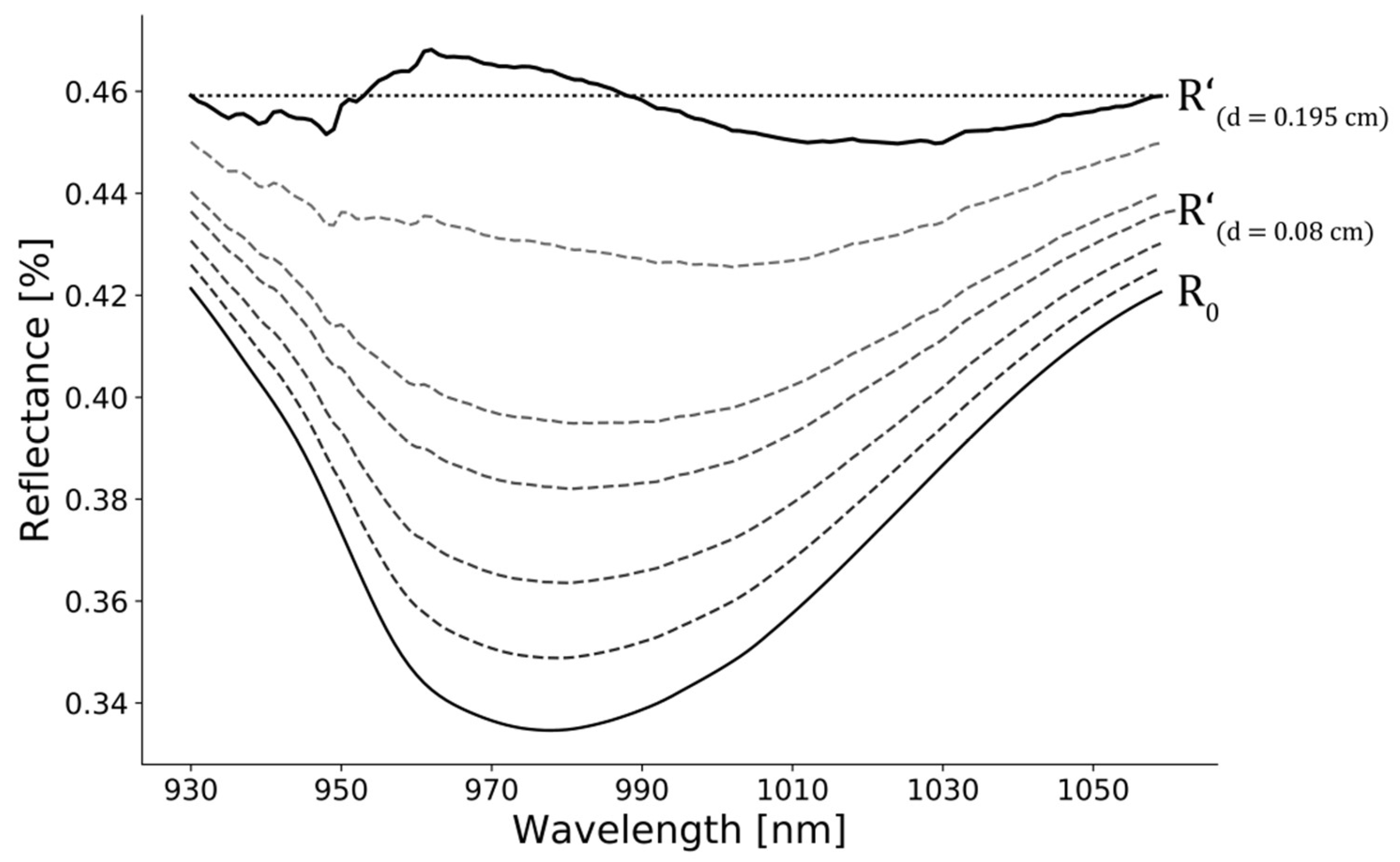
For example, a log transformation ( p=0) may make sense if the process we are studying has a steady growth rate. But in practice, we normally pick a value for \(p\) that may be “interpretable” in the context of our analysis. Technically, \(p\) can take on any value. \] The objective is to find a value for \(p\) from a “ladder” of powers (e.g. -2, -1, -1/2, 0, 1/2, 1, 2) that does a good job in re-expressing the batch of values. The values are re-expressed using the algorithm: The Tukey family of transformations offers a broader range of re-expression options (which includes the log).

For example, if you apply log base 10 to the investment dataset, you will end up with a smaller range of values thus more decimal places to work with whereas a base 2 logarithm will generate a wider range of values and thus fewer decimal places to work with.Ī rule of thumb is to use log base 10 when the range of values to be logged covers 3 or more powers of ten, \(\geq 10^3\) (for example, a range of 5 to 50,000) if the range of values covers 2 or fewer powers of ten, \(\leq 10^2\)(for example, a range of 5 to 500) then a natural log or a log base 2 log is best. Generally, you want to avoid difficult to interpret logged values. So unless interpretation of the logged value is of concern, any base will do. The choice of a log base will not impact the shape of the logged values in the plot, only in its absolute value. If you don’t specify a base, R will default to the natural log. To apply the natural log to that same value, simply type log( y, exp(1)). For example, to apply the log base 2 to the 5 th value of the vector y, type log( y, 2). The bases can be defined in the call to log() by adding a second parameter to that function. Some of the most common bases are 10, 2 and exp(1) with the latter being the natural log. In fact, there seems to be a gradual decrease in growth rate over the 150 year period (though a more thorough analysis would be needed to see where and when the growth rates changed).Ī logarithm is defined by a base.

It’s clear from the log plot that the rate of growth for the US has not been consistent over the years (had it been consistent, the line would have been straight). The vector y gives us the amount of our investment for each year over the course of 50 years. # Each iteration of the loop computes the new amount for year i based # on the previous year's amount (i-1). Rate <- 0.1 # Rate is stored as a fraction y <- vector( length = 50) # Create an empty vector that can hold 50 values y <- 1000 # Start 1st year with $1000 # Next, compute the investment ammount for years 2, 3. Comparing univariate data distributions.Extracting and replacing values using base functions.


 0 kommentar(er)
0 kommentar(er)
